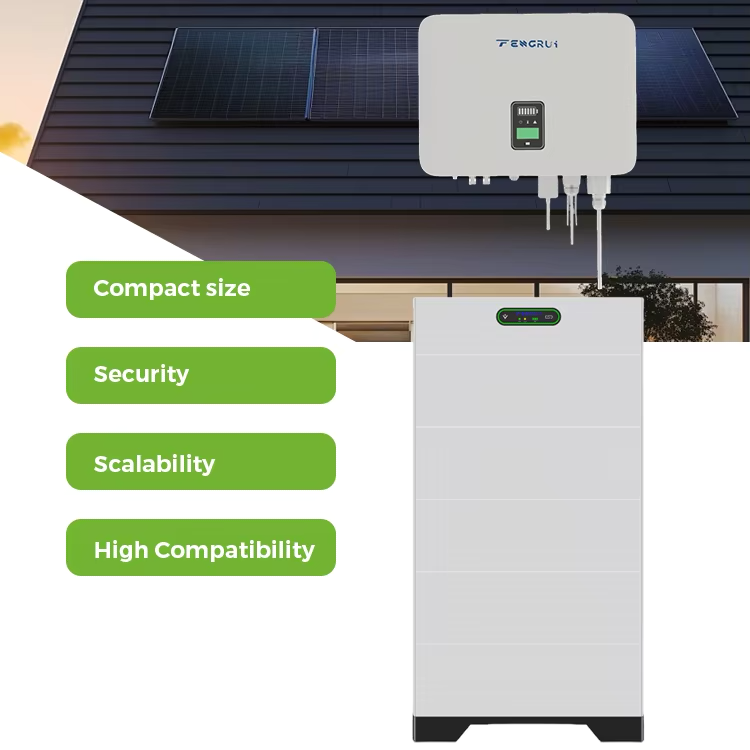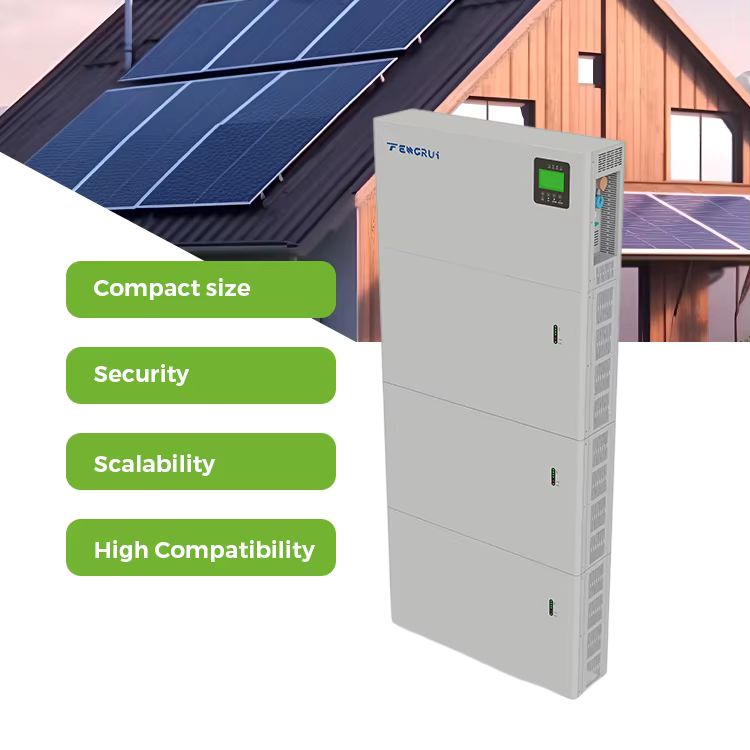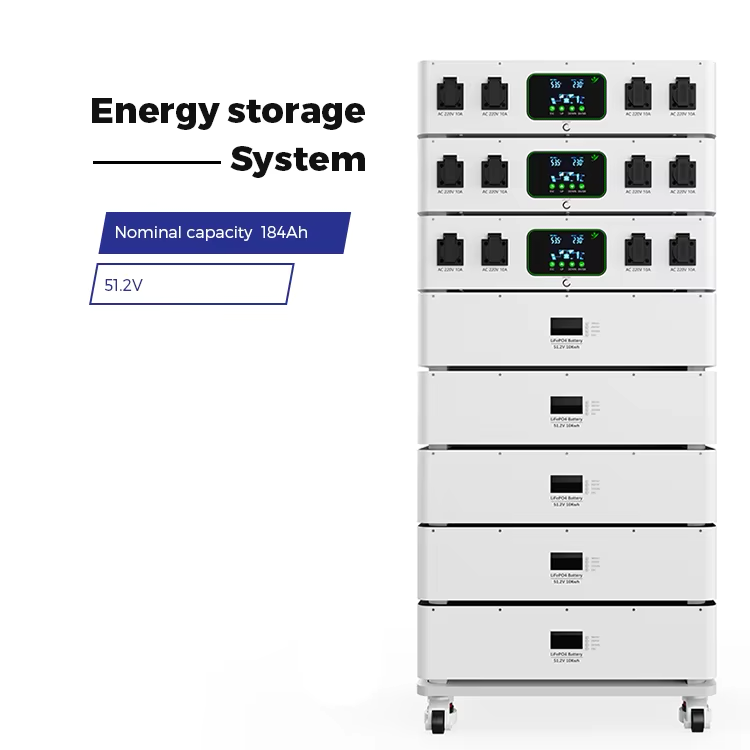hybrid solar inverter
A hybrid solar inverter represents a groundbreaking advancement in solar energy technology, combining the functionalities of traditional grid-tied inverters with battery storage capabilities. This sophisticated device efficiently converts DC power generated by solar panels into AC power for home use while managing power flow between solar panels, batteries, and the grid. The system intelligently determines whether to use solar power directly, store it in batteries, or export it to the grid based on real-time energy needs. Operating at peak efficiency rates of up to 98%, hybrid inverters incorporate advanced MPPT technology to maximize solar energy harvest. They feature smart monitoring capabilities that allow users to track energy production, consumption, and storage through user-friendly apps or web interfaces. These inverters support various battery technologies and can seamlessly switch between different power sources in milliseconds, ensuring uninterrupted power supply. Modern hybrid inverters also include built-in safety features such as arc fault protection, ground fault monitoring, and anti-islanding protection, making them both reliable and secure for residential and commercial applications.


